Email me at [email protected]
Course Description: "Hamlet in Performance" will give students critical and artistic approaches to considering Shakespeare in different intellectual, social, and aesthetic contexts, taking Hamlet as a point of departure. Mixing theory and practice, this class will introduce students to the overlapping ways in which literary and theatre studies challenge, inform, and feed one another. Combined with the traditional analytic approach to literary texts, with its emphasis upon close reading and critical contexts, “Hamlet in Performance” will also attend to problems of directing, acting, and adapting Hamlet. Students will be asked to weigh the thematic resonance of these performance questions in Hamlet itself, questions which must be understood as central metatheatrical components of the play’s analytic sensibility concerning “being” and “seeming.” For instance, how do production decisions and spectator perspectives influence questions of interpretation? Conversely, how do theoretical questions inform performance and production decisions? We will focus on Hamlet as a play in many ways about theatre, about staging, about issues inherent in theatre studies and performance studies, such as the nature of memory, acting as a form of ghosting, theatre as a space for political reflection, drama as embodied philosophy, and performance as “a rehearsal for death.” Through close reading, directing, performing, and by viewing the enactment of the same scenes across different media, students will get to the heart of these important questions about dramatic literature and its theatrical interpretations.
Some of the more memorable presentations focused on an especially notable scene--the famous play within a play. In Act 3 scene 2, Hamlet hires an itinerant troupe of professional performers to stage a play known as "The Murder of Gonzago," which Hamlet later calls "The Mousetrap." Here's a synopsis of what happens in the scene:
Hamlet tells a group of actors how he wants them to perform the play that's about to begin. He'd like it to come off naturally: they shouldn't be too loud, or gesticulate too much, as bad actors often do. Instead, they should use their discretion to build up suspense with their actions. Most importantly, they shouldn't be tempted to get a cheap laugh, since the audience might miss the important parts. Throughout the scene, Hamlet gives directions as if experienced with acting. He pulls Horatio aside, and asks a favor. Horatio is asked to watch Claudius's reactions, especially when the play depicts killing of King Gonzago (in precisely the way the Ghost says he was killed). If the play does not reveal Claudius as the killer, Hamlet promises Horatio that he will admit to having seen a "damnèd ghost" rather than the honest spirit of his late father. Hamlet's play, The Mousetrap, is a game of chicken which, if he wins, will reveal--with absolute certainty--Claudius's guilt.
This scene seems to connect directly back to problems that can only be considered central to the play's meaning: questions of knowledge, concerning the actions and morality of others. If Hamlet is to trust his father's ghost and kill his uncle Claudius (the new King of Denmark), he must acheive absolute certainty that he is doing "the right thing," whatever that might be.
Going through the collaborative and deliberative process of generating and giving a production pitch--as opposed to"staging" a reading of the original dialogue--encouraged our students to consider the contemporary relevance (or enduring meanings) of Hamlet. Using performance in an English classroom, with its primary focus on printed texts, need not always be a staid affair. We wanted our students to experiment, to play seriously, to take risks, and even to court failure. Shakespeare is an invitation to engage, no matter how much cultural value we tend to ascribe to him. Anything that we as teachers can do to break down the barriers that keep him apart from us (above us?) will help the uninitiated come to understand and appreciate "him." Although focusing on Shakespeare's language will always be a fruitful approach, younger students may benefit from focusing more on the forest than the trees.
General description: The “production pitch” midterm assignment will count for 15 % of your final grade and is to be done in groups of 5. It will consist of suggesting a possible production of Hamlet pitched to a “board of directors” or group of programming coordinators for some sort of theater, performance space, or cultural institution. For the purpose of this assignment, these roles will be played by members of the class during your pitch. You will choose as a group what theater, performance space, or cultural institution we are (e.g., The Foxwoods Theater on Broadway? The rebuilt Globe in London? The Off-Center in Austin? The ruins of an old castle in Denmark or old pyramid in Cairo? An elementary school somewhere in rural Oklahoma?). This decision should deeply inform your interpretation and vision, and should include specific research into the venue in question.
Please note: the “pitch” must directly involve and feature all group members. It must last between 15 and 20 minutes (make sure to rehearse and time this, as all presentations will be cut off after the time limit). Attendance is required at both sessions, because you will serve on the “board of directors” during the other pitches and will be expected to ask follow-up questions at the end of each presentation.
Structure: Here is one way in which you might wish to structure your group’s production pitch. Begin by having one member of the group introduce the concept and outline the major elements. Then, after the broad vision has been sketched out, hand off to the next member of the group. Each member might then address a specific aspect of your vision as outlined below in the 4 major categories, or you might choose to divide the visual aspect among group members and then look at the other categories together. It might be helpful to have a short scene performed or read aloud if you feel this can elucidate some aspect of your approach. Finally, give some “concluding remarks” (like the conclusion of an academic essay or closing remarks in a trial) in which you address the significance of your work (and the other points mentioned in the “assessment” category below). In both your introduction and concluding remarks you should address us as the hypothetical board and explain why our theater in particular needs this production. Remember: the goal is to make us want your production in our next season.
- Visual and aural aspects. These should include but not be limited to the choice of performance space, costuming, lighting, set design, and sound design. Your presentation should give a tangible sense of how this production will look and sound. While you can and should talk about the choices you will make, we want to see actual images -- sketches, visual research, collages, etc -- so that we can better understand your vision. Please give a sense of at least five different scenes, including one Ghost scene and the Mousetrap.
- What will you be looking for from the actors you intend to cast for the major roles? How do you see Gertrude or Laertes or Polonius, for example? What traits would describe your take? You might use either well-known stage or cinema actors or students in the class to give us a sense of how you see these parts physically, vocally, and in terms of personal affect. Attend not only to individuals but also to the chemistry between people. Describe your casting choices or approaches for at least 5 characters.
- Script. What version of the play or which text will you use? How will you deal with “cuts” and other aspects of language? Include both your base or “control” text -- First Folio? Arden? “Bad” Quarto? -- and a few ideas about specific cuts to make, if any. You could certainly choose to do a 4 ½ hour production, or even, for that matter, think really big and do a giant 48 hour production with slow motion and lots of repetition and added subplots. Remember also that sometimes thinking big means thinking small: maybe you want to do a 30 minute version appropriate for a tour of area high-schools....
- Interpretation. How do your visual, casting, and script choices, which should convey a “directorial vision” of the play in performance, relate to your interpretation of the play -- specifically, its plot, characters, themes, and meanings? Your discussion of interpretation should also relate specifically to the ideas we’ve discussed in class: textual problems and ambiguities, ideas about metatheater, ghosting, the nature of character, the history of Hamlet in performance, etc. This part should receive a few minutes in your presentation but should also and more importantly dominate the written component: 5 pages you will turn in that will summarize aspects 1-3, detail who in your group did what, and make a case for your interpretation.
Assessment: Your grade for the project will be determined based on the following four criteria, which are of equal “value”:
- Boldness of choices and clarity of your “vision.” Brave, striking choices score higher than safe ones. Your choices should reflect a strong point of view, intensive effort, and a striking aesthetic. Ask yourself, what is the goal of the production as you see it? It should be a worthy one!
- Amount of detail and rigor in your “research.” You needn’t consult outside texts and materials for this component, but we encourage all groups to explore what is available on the web and in the library. You might wish to draw inspiration from film versions, from artistic renderings of the play, from literary criticism and theater reviews, for instance. You must include references to texts we have read in class (Rosenbaum, Dawson, States, Stoppard, et. al.).
- Sophistication of interpretation. How does your vision relate to the themes and texts of the course? This includes a consistency of theme and unity of vision. Do your visual, aural, casting, and script elements unify, or at least clash in an interesting and thoughtful way?
- Relevance. Why does this production need to be done whenever and wherever you are proposing? Why does the particular theater or venue’s audience need this production of Hamlet? What is unique about your group’s talents and experiences that qualifies you to bring this vision to life?
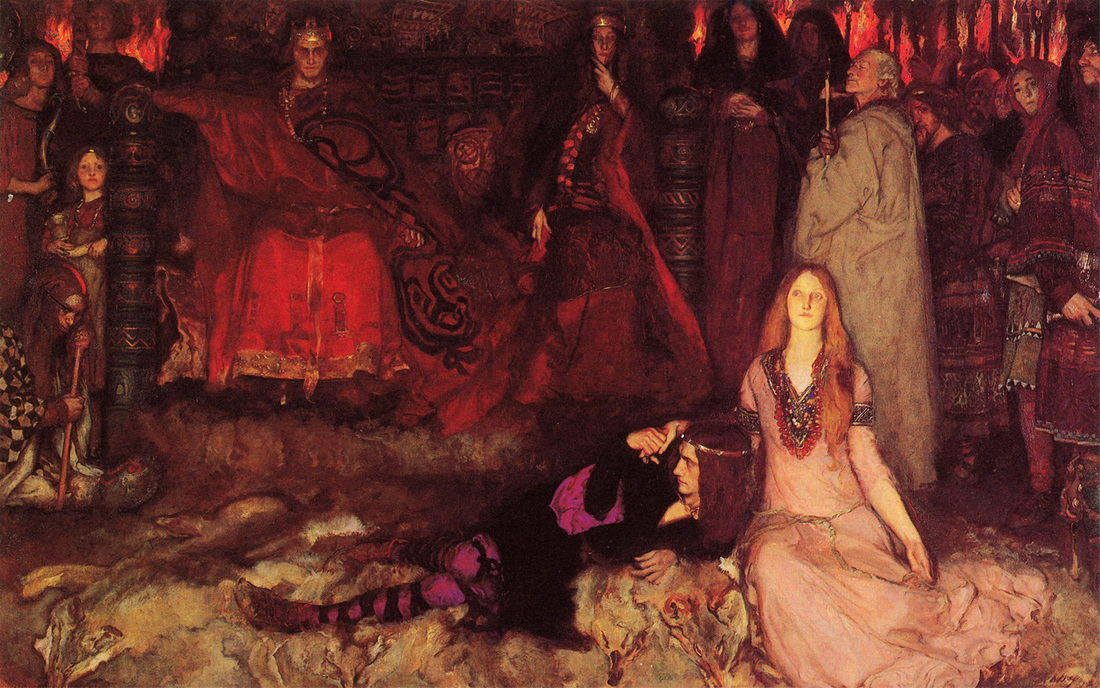
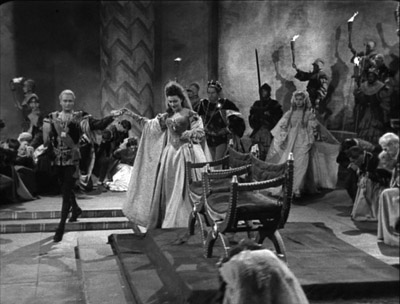
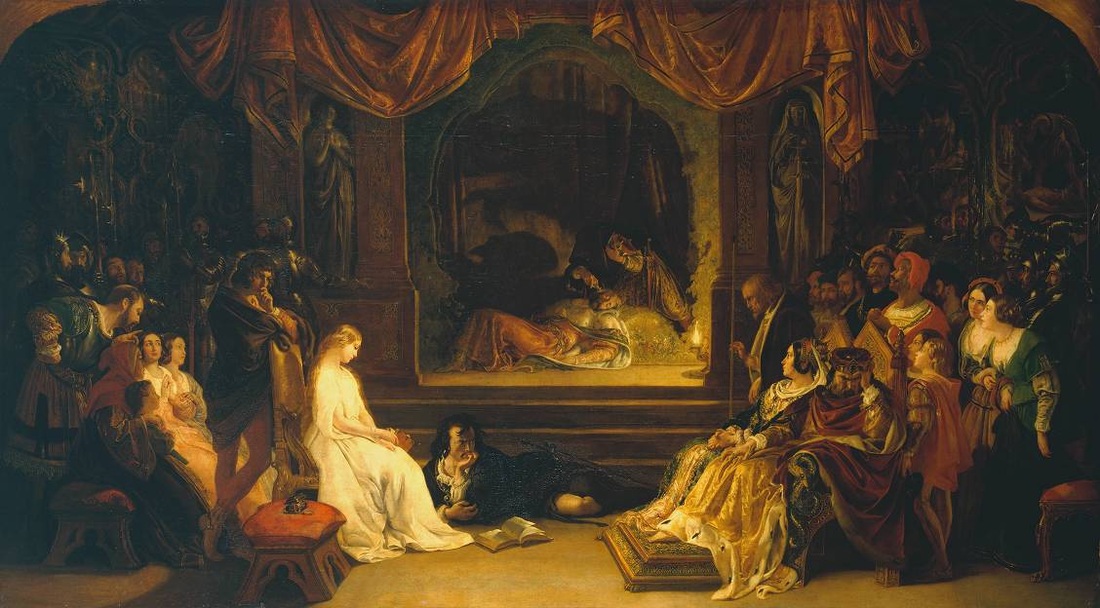
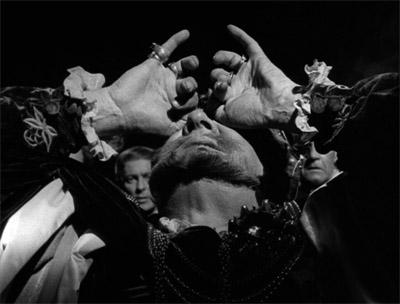
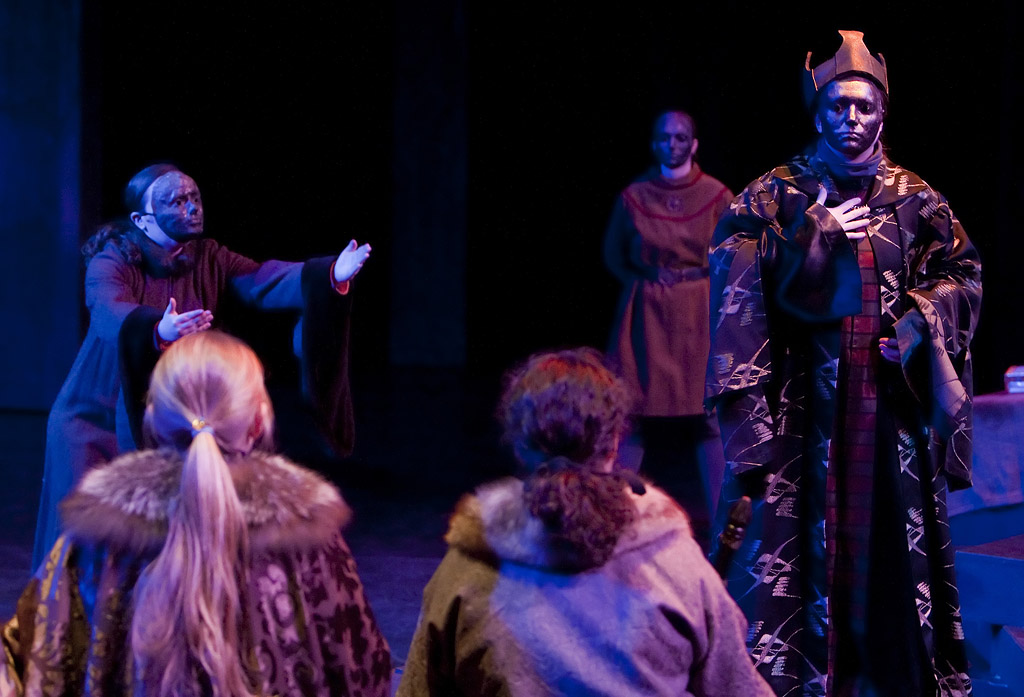
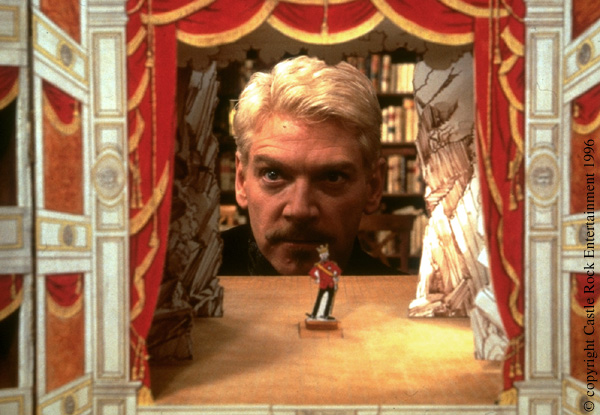
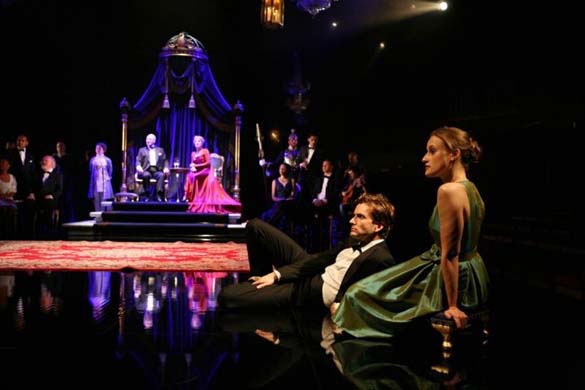
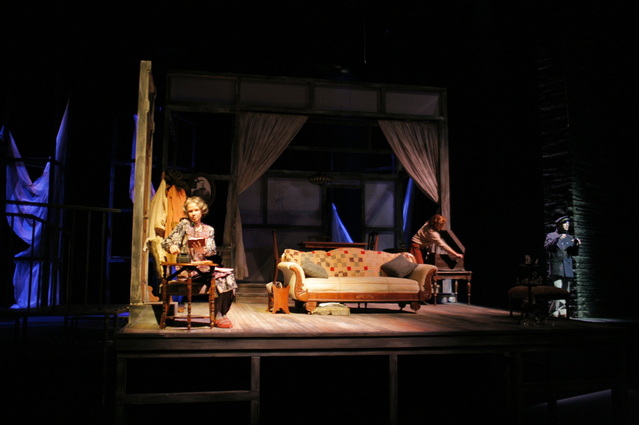
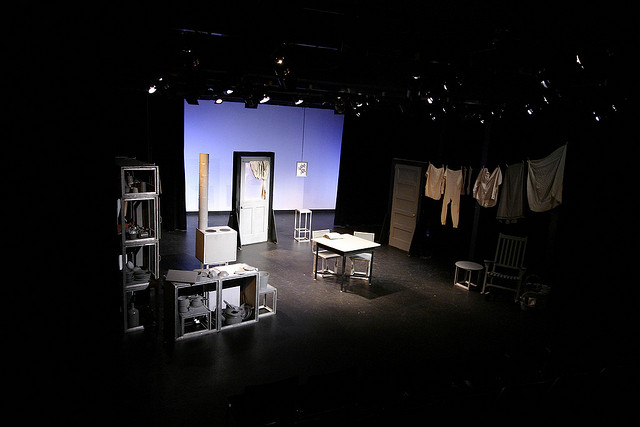
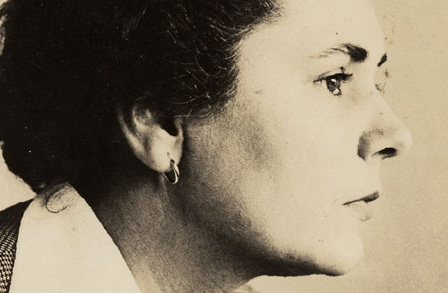
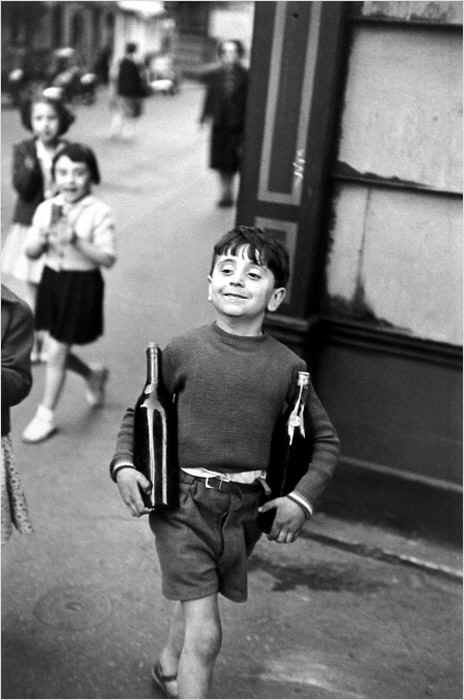
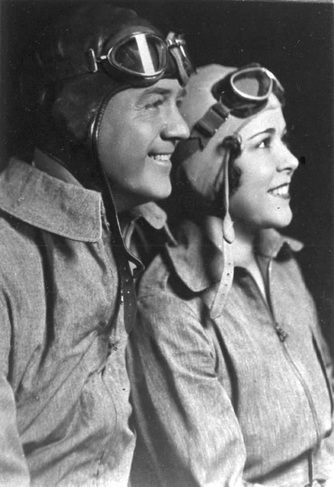
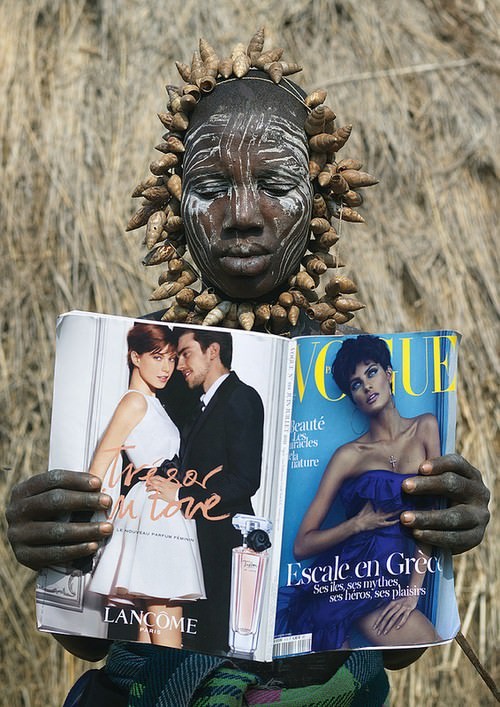

 RSS Feed
RSS Feed